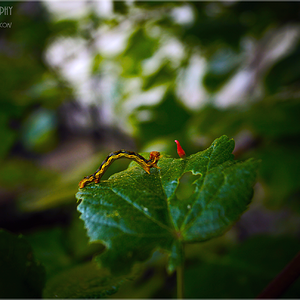anubis404
TPF Noob!
- Joined
- Apr 5, 2008
- Messages
- 955
- Reaction score
- 0
- Can others edit my Photos
- Photos OK to edit
Yep = the flash unit will attempt to pick the best powersetting for itself.
As for the flash you link at $8 - that is £4 to me I would not touch it. Its cheap, and it looks plasticy. So chances are first off that its build will be weaker; next the controls on the back hint at an auto mode, but chances are that its a weak auto mode (ie not very good) following on from there you would probably have to use it in full manual and that would mean knowing how to use it well.
After that its flash power will be weaker, and its recycle time (time it takes for it to recharge after flashing) will probably be long - so no quick firing shots.
Its dirt cheap so expect dirt cheap results -
Ah, ok. So no improvement from the built in?


![[No title]](/data/xfmg/thumbnail/31/31014-6b1a572624824b852f5adaf3594767af.jpg?1619734569)
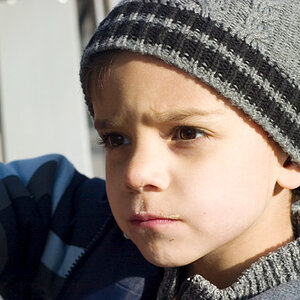

![[No title]](/data/xfmg/thumbnail/31/31012-f5e0c7cdea2f2c3e44737e3f61c2461a.jpg?1619734567)
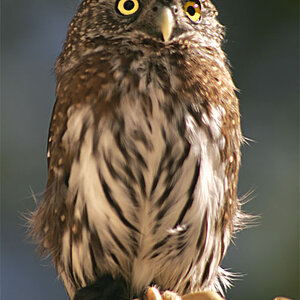

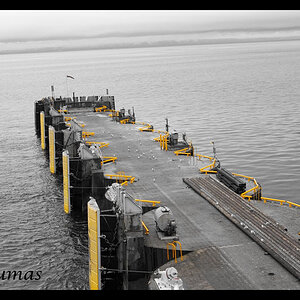
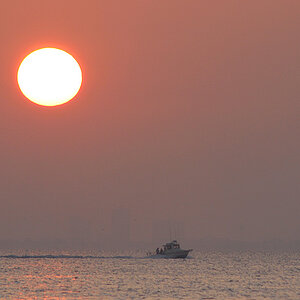
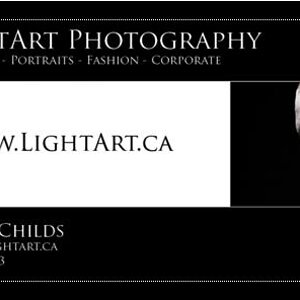
![[No title]](/data/xfmg/thumbnail/31/31015-dc3b950337aa798fec947c782fff2e35.jpg?1619734570)

